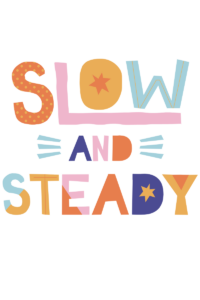So we’re well into distance or hybrid learning, and I have a question for you.
Are you utilizing virtual manipulatives enough?
We all know the benefits of letting students dig into math tools to understand concepts.
But with our new digital landscape are virtual manipulatives being put on the back burner?
One of the habits of a mathematician is to select and use math tools efficiently -Math Practice # 5
No matter what form of teaching we’re doing (face to face, hybrid, distance) we want to help students develop this habit.
With that being said I want to provide you with 10 resources for virtual manipulatives.
And, towards the end of this blog, you’ll see how you can have students modify their work screens. That way students can see the problem you assign while also seeing manipulatives they can use.
SPLIT SCREEN
If students are using Google Chrome and you want them to have access to see multiple browser tabs. All you need is a Chrome Extension called — Tab Resize Split Screen.
The example below is one screen with a question I posed on the left and the math tool I used on the right.
This helps students use the math tools while seeing your assignment instead of jumping back and forth between tabs.

Not convinced you should be using manipulatives? Check out my blog 5 Misconceptions About Math Manipulatives
Distance learning and not using manipulatives sets us back ages. Here’s another instructional technique we should not go back to- I Do, We Do, You Do, Just Don’t!
Are you a Bitmoji classroom user? Check out my video on Your Bitmoji Classroom, Astrobright Rooms, and Worksheet Clipart Doesn’t Mean Sh*t
Want to check out more?
MEMBERSHIP SITE:
https://zennedmath.com/online-courses/
FACEBOOK GROUP: Zenned Math Teachers
https://www.facebook.com/groups/zennedmathteachers/
YOUTUBE CHANNEL: Zenned Math
https://www.youtube.com/channel/UC5njH_5LoK6G67BvZecGfnw?
WANT ME IN YOUR INBOX? Sign up for my newsletter
https://view.flodesk.com/pages/5efc876dcaabca0028b95eb5
DISCLAIMER: Some links included in this blog might be affiliate links. If you purchase a product or service with the links that I provide, I may receive a small commission. There is no additional charge to you!











